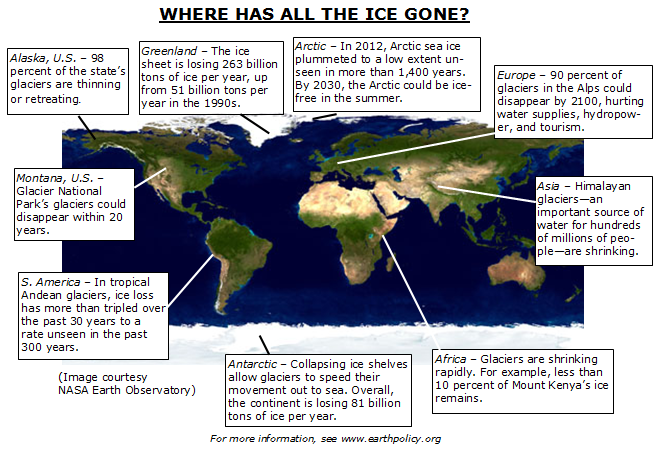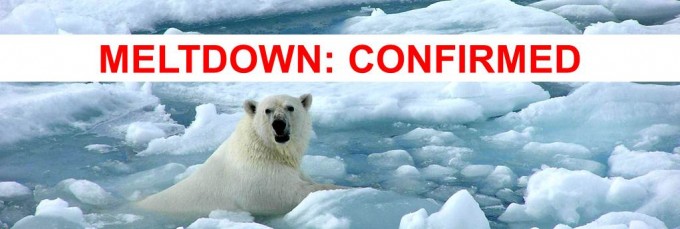
Polar bears are getting the worst of it. Being a large predator at the top of the food chain doesn’t help much when the world’s largest predator is hunting for more resources, infinite growth and more wealth….
Polar bears depend on sea ice for their existence and are directly impacted by climate change.
Double Standards and Staggering Cynicism
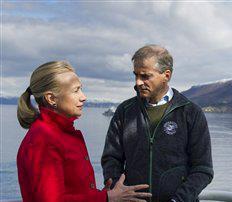
Hillary Clinton commented a trip to the Arctic region in 2012 and after observing that the melting of the sea-ice is happening at a much faster rate than predicted by the IPCC as “a Sobering Experience”. Reuters later quoted Clinton saying “A lot of countries are looking at what will be the potential for exploration and extraction of natural resources as well as new sea lanes”.
The Cynicism of these comments and other headlines like; “Most Arctic goodies belong to Russia – US Study” is Staggering.
The arctic region is known for its pristine nature and fragile ecosystem, which could potentially suffer irreversible damage from exploitation of its natural and transportation resources. Fortunately, Greenland have recently halted all new Arctic Oil drilling permits due to Environmental Concerns and Shell have postponed their exploration to the future…
The Heat is on…
In September 2012, sea ice in the Arctic Ocean shrank to a record low extent and volume. The region has warmed 2 degrees Celsius (3.6 degrees Fahrenheit) since the 1960s—twice as much as lower latitudes – one of the clearest symptoms of human-caused global warming
With less snow and ice to reflect the sun’s rays and with more exposed ocean to absorb heat, a vicious cycle leads to even warmer temperatures.
Warming in the Arctic is particularly important because of its effects on Greenland’s enormous ice sheet. Greenland’s ice loss has accelerated from 51 billion tons per year in the 1990s to 263 billion tons per year today.
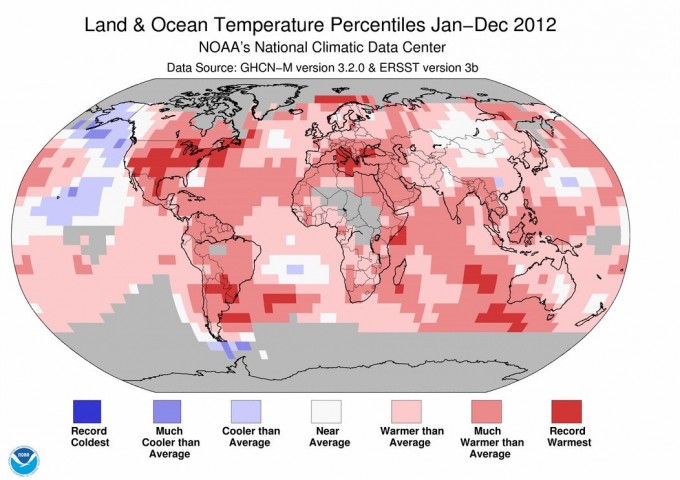
Ice is vanishing at an unprecedented rate
The sharp drop in Arctic sea ice area has been matched by a harder-to-see, but equally sharp, drop in sea ice thickness. The combined result has been a collapse in total sea ice volume — to one fifth of its level in 1980.
Many experts now say that if recent volume trends continue we will see a “near ice-free Arctic in summer” within a decade. And that may well usher in a permanent change toward extreme, prolonged weather events “Such As Drought, Flooding, Cold Spells and Heat Waves.”
It will also accelerate global warming in the region, which in turn will likely accelerate both the disintegration of the Greenland ice sheet and the release of the vast amounts of carbon currently locked in the permafrost.
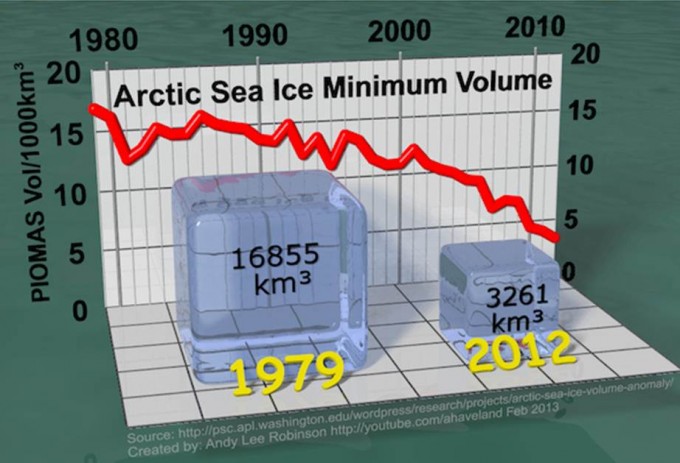
If you were wondering whether “death spiral” was the right visual metaphor for the collapse of Arctic ice, Robinson has a graphic for you:
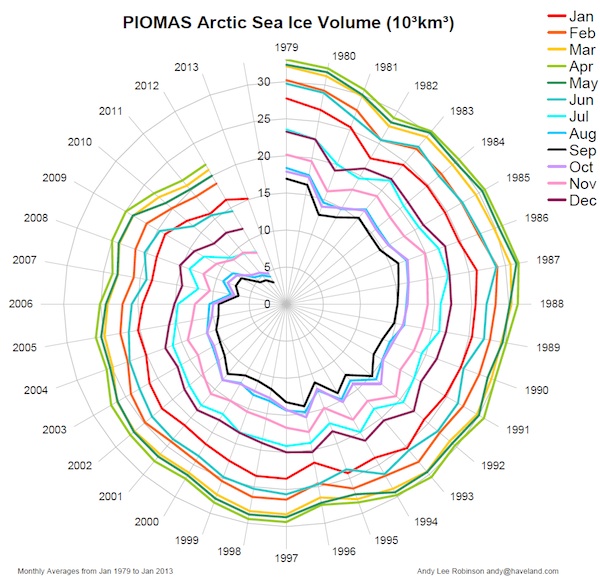
It is almost certainly too late to save the Arctic’s summer sea ice from near-total destruction. Let’s hope the same isn’t true for the biosphere. The time to act is now if we don’t want to betray our children and future generations.
Scary signs are showing in Antarctica and other places too…
While Greenland’s ice loss is astonishing, on the other side of the globe, parts of Antarctica’s vast ice sheet may be even less stable. The continent is flanked by 54 major ice shelves, which act as brakes slowing the movement of ice in land-based glaciers out to sea. Twenty of them show signs of thinning and weakening, which translates into accelerated ice loss. Read more at earthpolicy.org
March 2013 – the Melting-period has started
This will probably have consequences, if they aren’t already upon us!
We’ll have to wait and see…
